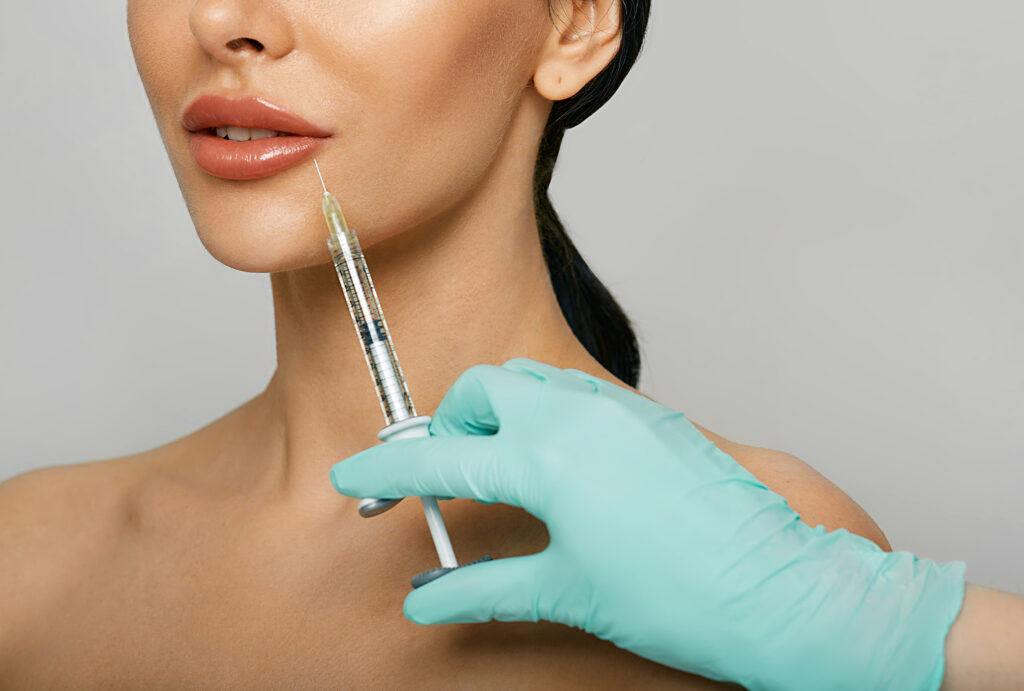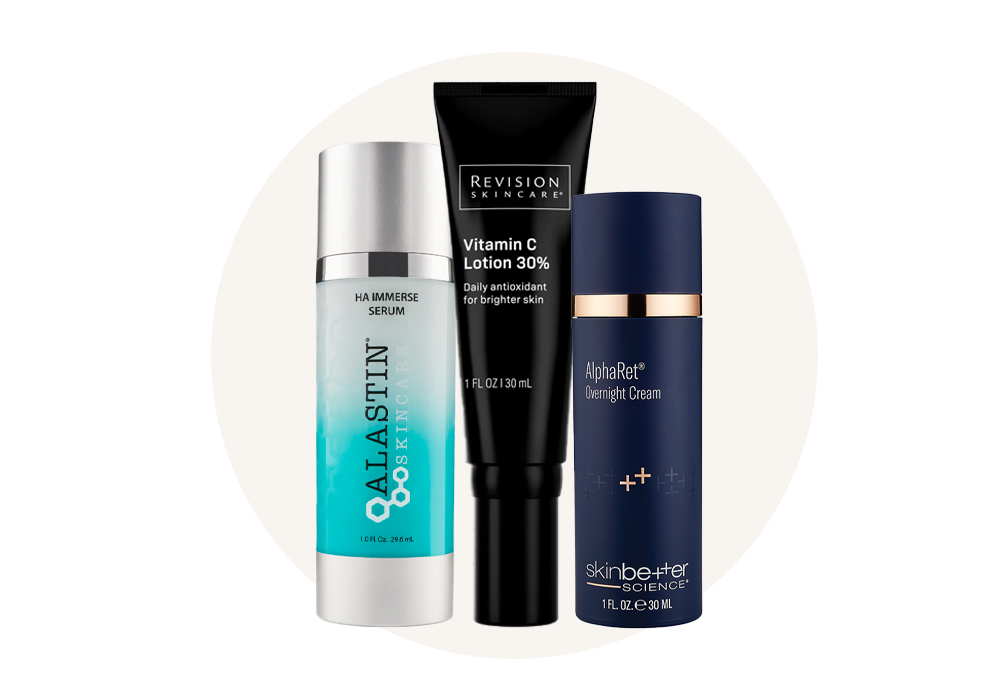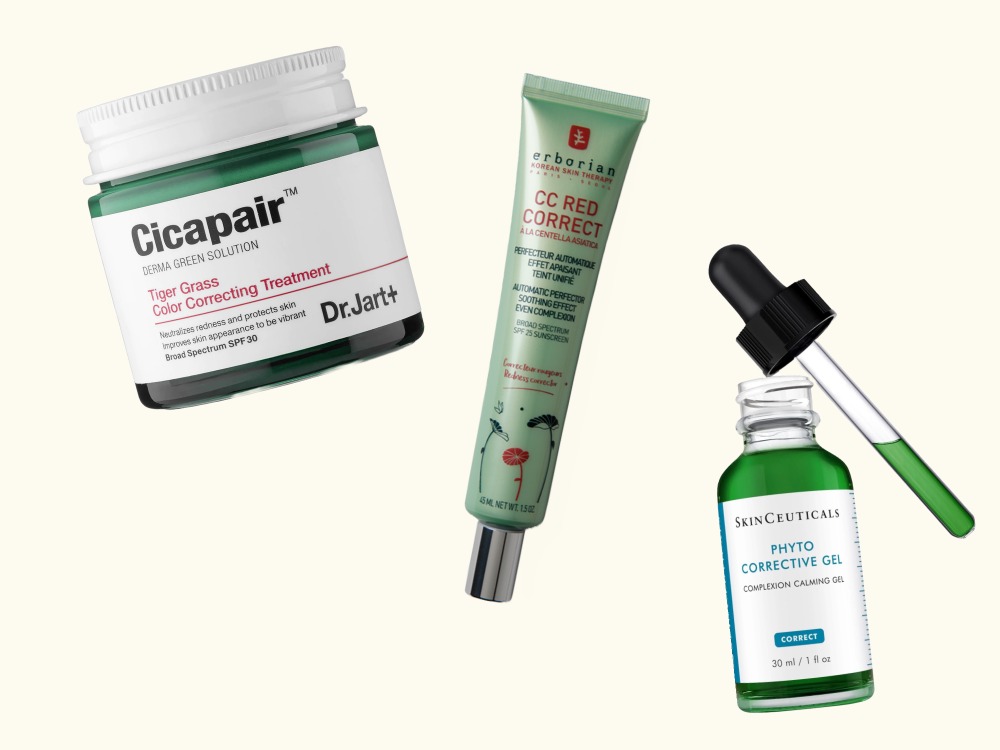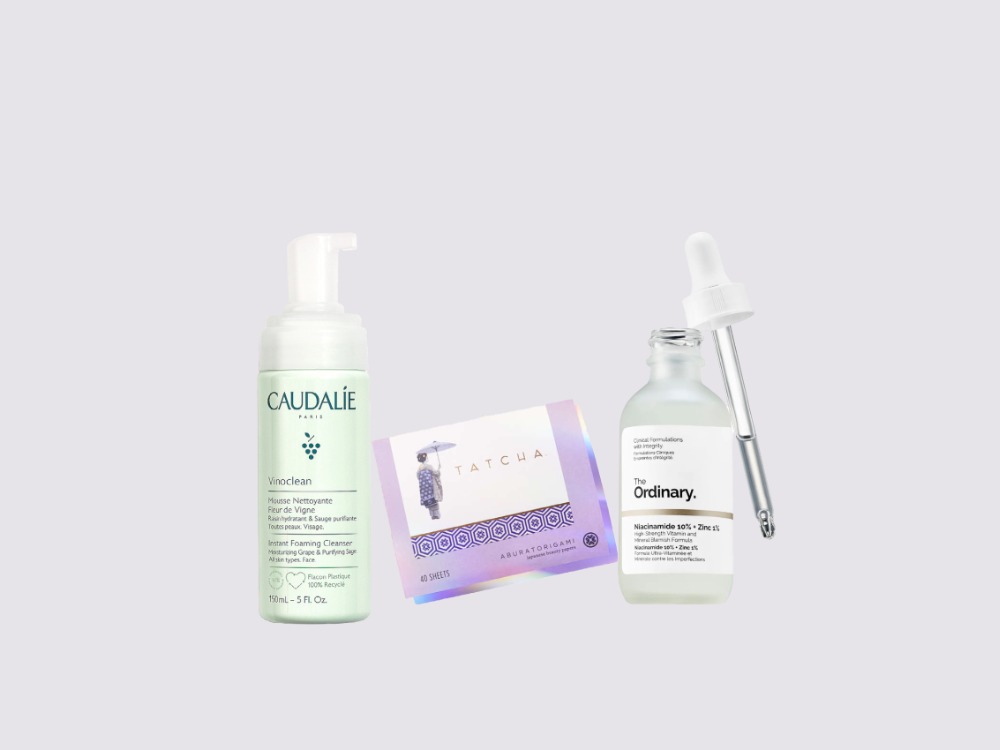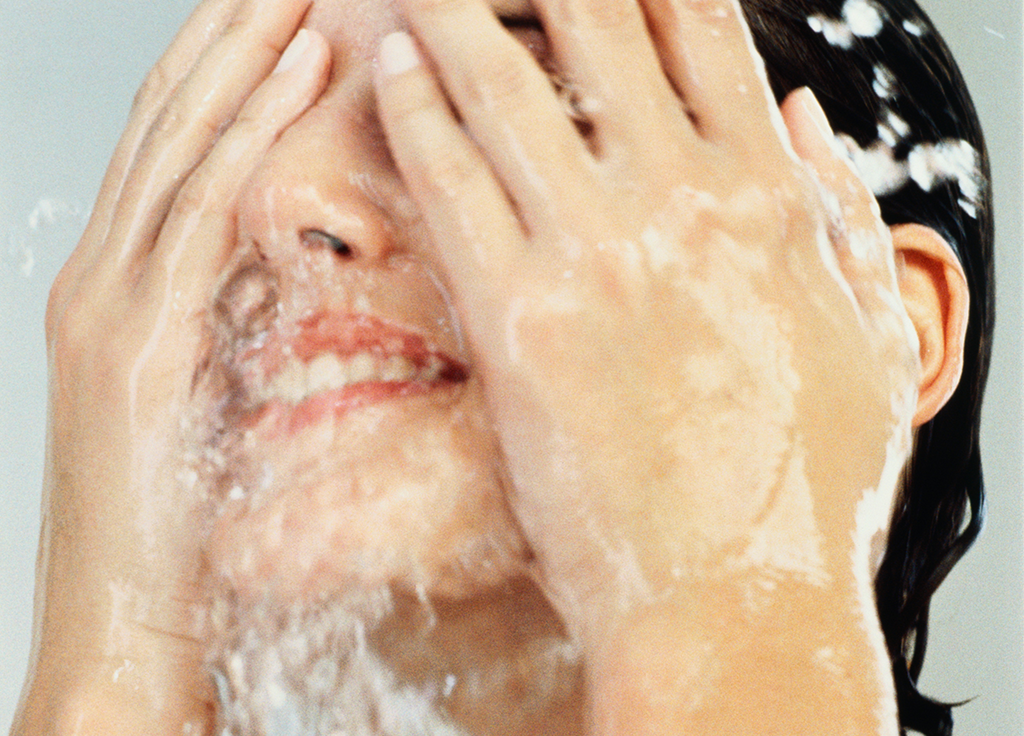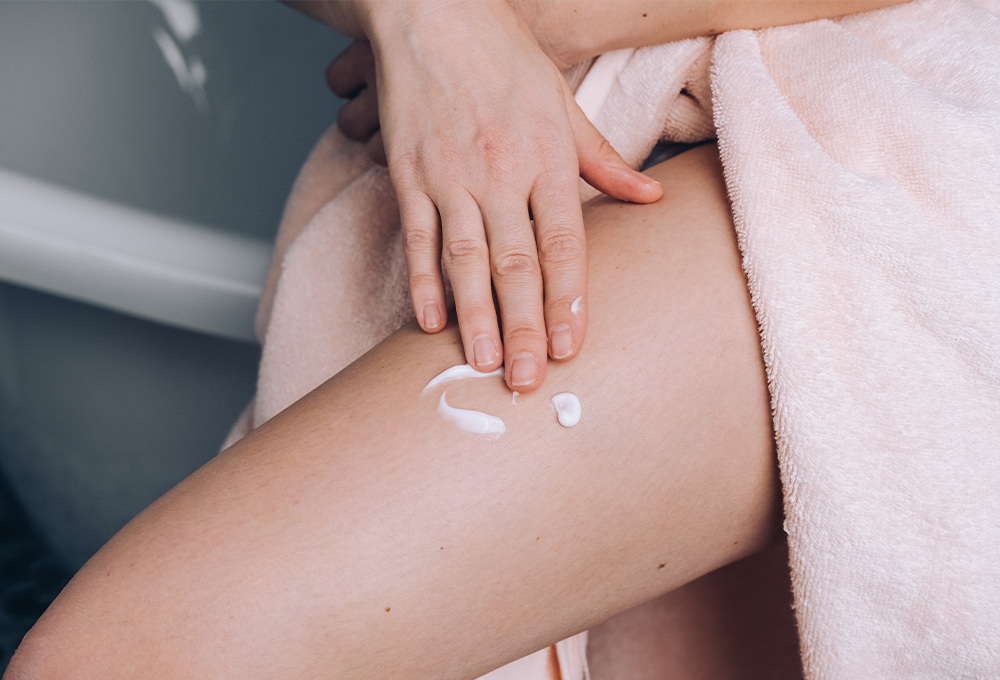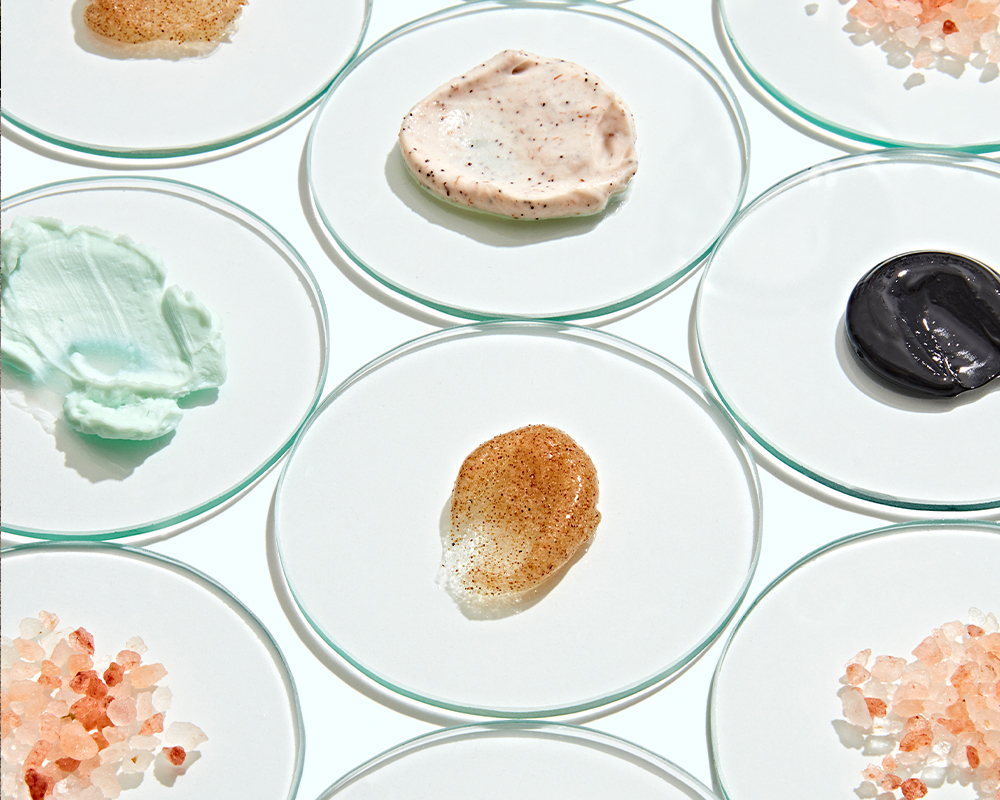When it comes to dermal fillers, many people focus on the instant results and rejuvenation they provide. However, beneath the surface, there are potential side effects and risks that often go unmentioned. Beyond the common bruising and swelling, one can experience lumps, bumps and even filler migration. Not all injectable treatment outcomes are the same and various factors can affect your results, even days and weeks after your injections. Here’s what to know about what can happen with your filler down the line.
Common Filler Side Effects:
Beverly Hills, CA facial plastic surgeon Kimberly J. Lee, MD explains, “Common side effects for fillers include bruising, swelling, tenderness at the injection site, and allergic reactions.” These effects are typically mild and temporary.
New York facial plastic surgeon Konstantin Vasyukevich, MD adds, “Hyaluronic acid filler injections can cause bruising, swelling, and surface irregularities or lumps. Dr. Konstantin emphasizes avoiding over-the-counter pain medications or supplements, which have a blood-thinning effect, and drinking alcohol before your treatment as this might increase the chance of bruising.
Long-Term Swelling:
Beyond immediate concerns, Dr. Vasyukevich cautions about prolonged swelling, stating, “The most troublesome long-term side effect associated with hyaluronic acid fillers is prolonged swelling.” Hyaluronic acid fillers naturally attract water and can cause persistent swelling that may last for years or until the filler is dissolved. The likelihood of this complication depends on the location of the injection, with the under-eye area having the highest risk.
Filler Migration:
One side effect not often discussed is filler migration. This refers to to the phenomenon where injected fillers gradually move or shift away from their initial placement over time. This can occur due to various factors, including natural facial movements, gravity, or the characteristics of the filler itself. When fillers migrate, they may create an unintended or uneven appearance in the treated area, potentially leading to aesthetic concerns. Monitoring and, if necessary, addressing filler migration with the help of a qualified expert injector is essential. “Seeking an expert injector is always advisable,” says Dr. Lee. “A lot of patients think that it’s so minimal or easy, but there are important anatomic factors involved.”
Vascular Occlusion:
Dr. Vasyukevich shares a warning sign for potential serious side effects, saying, “Excessive pain, unusual skin discoloration or redness, or skin that feels cool to the touch might indicate a serious complication such as vascular occlusion.”
Intravascular occlusion is a serious and rare complication that can occur after dermal filler injections, says Dr. Vasyukevich. It involves the unintended blockage of blood vessels in the eye area due to the filler material, potentially leading to reduced blood flow and oxygen supply to the surrounding tissues. This can lead to necrosis (tissue death), scarring, and even more consequentially, blindness. Immediate treatment includes administering a dissolving enzyme called hyaluronidase and seeking urgent medical attention.
Dr. Lee advises, “If there is blanching of the skin where it turns white, if the skin is cold to the touch, and if there is severe pain and/or numbness, you should definitely notify your injector’s office immediately without delay as it could be a sign of something more serious.”
